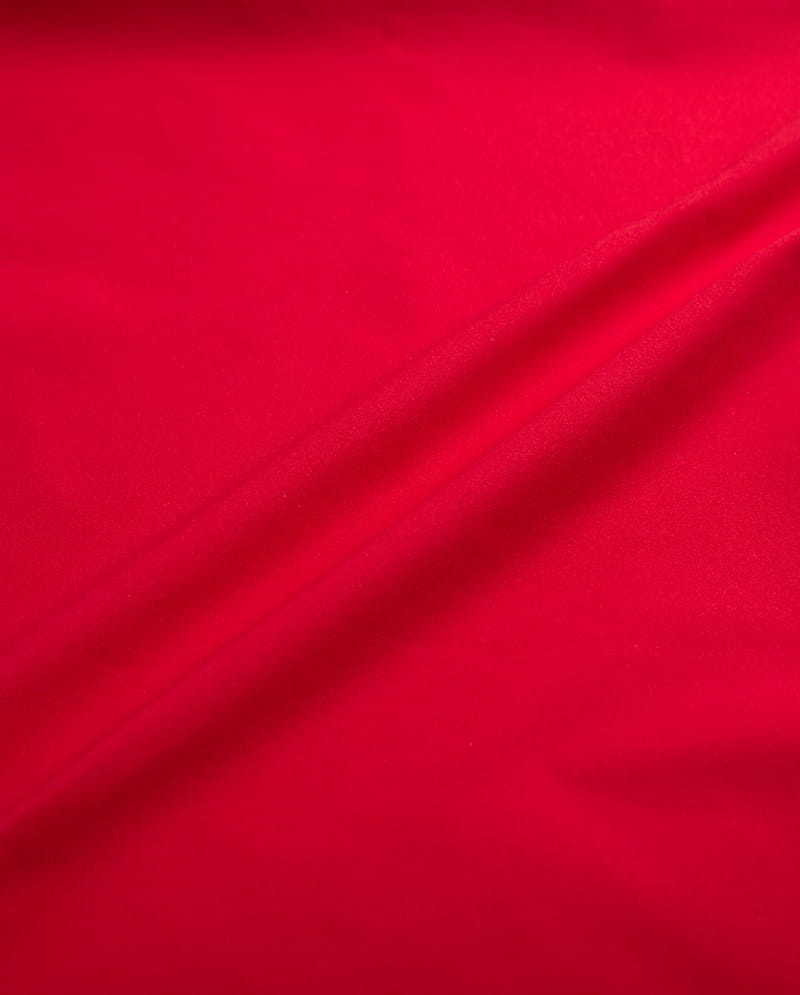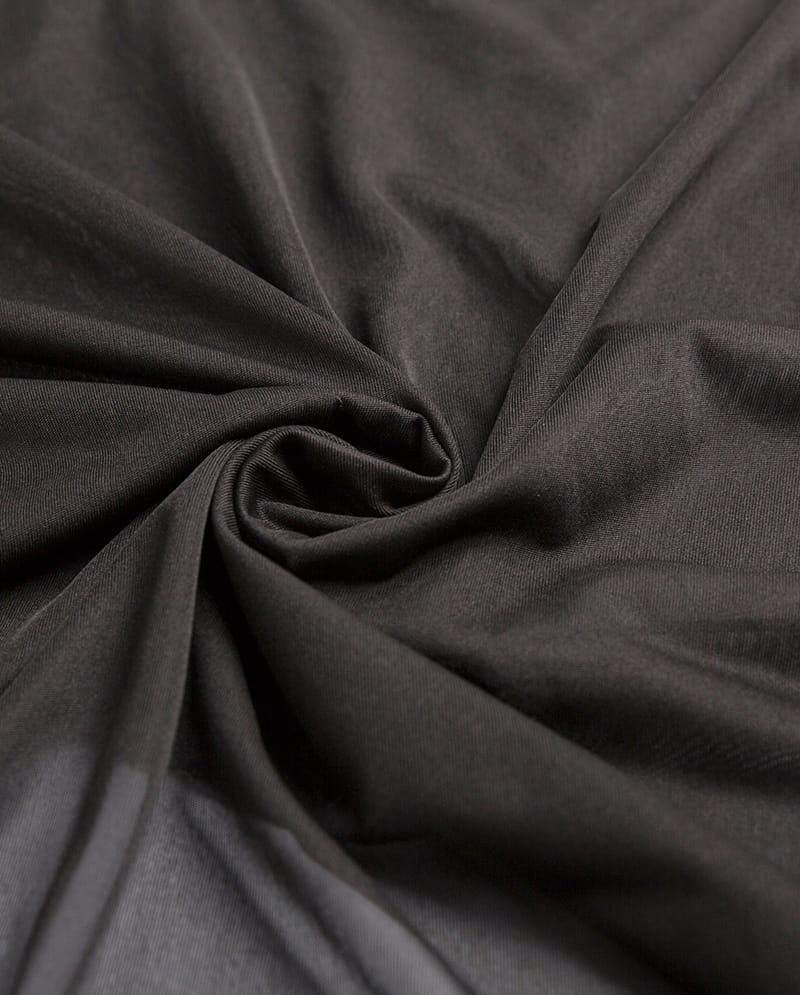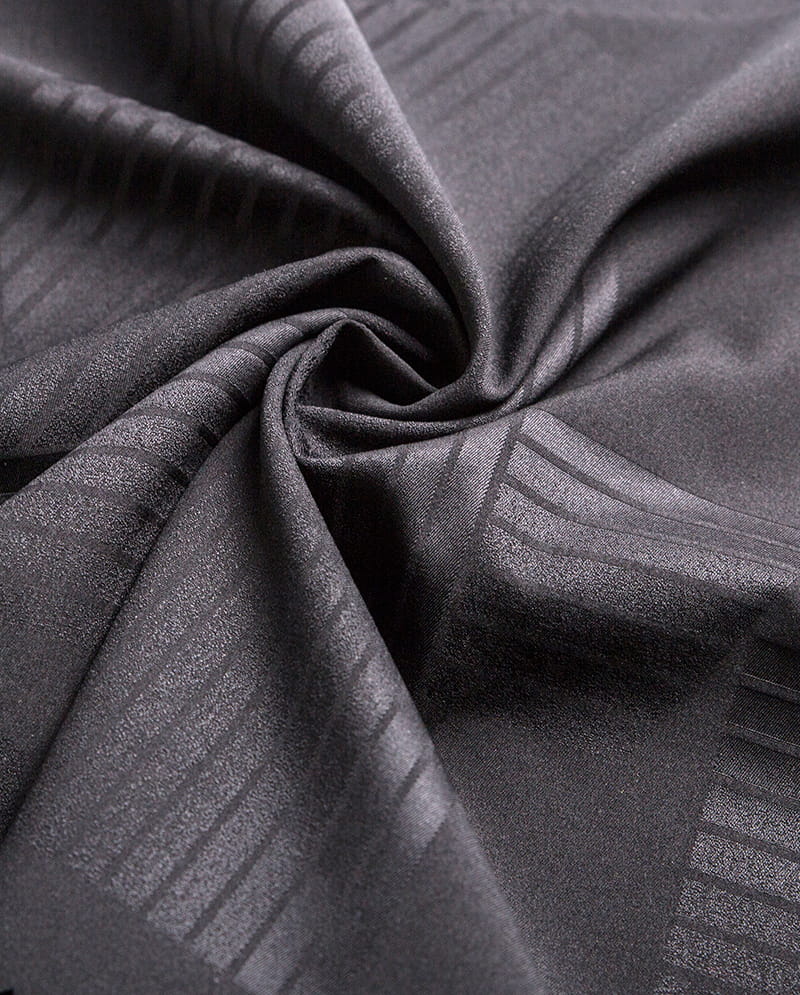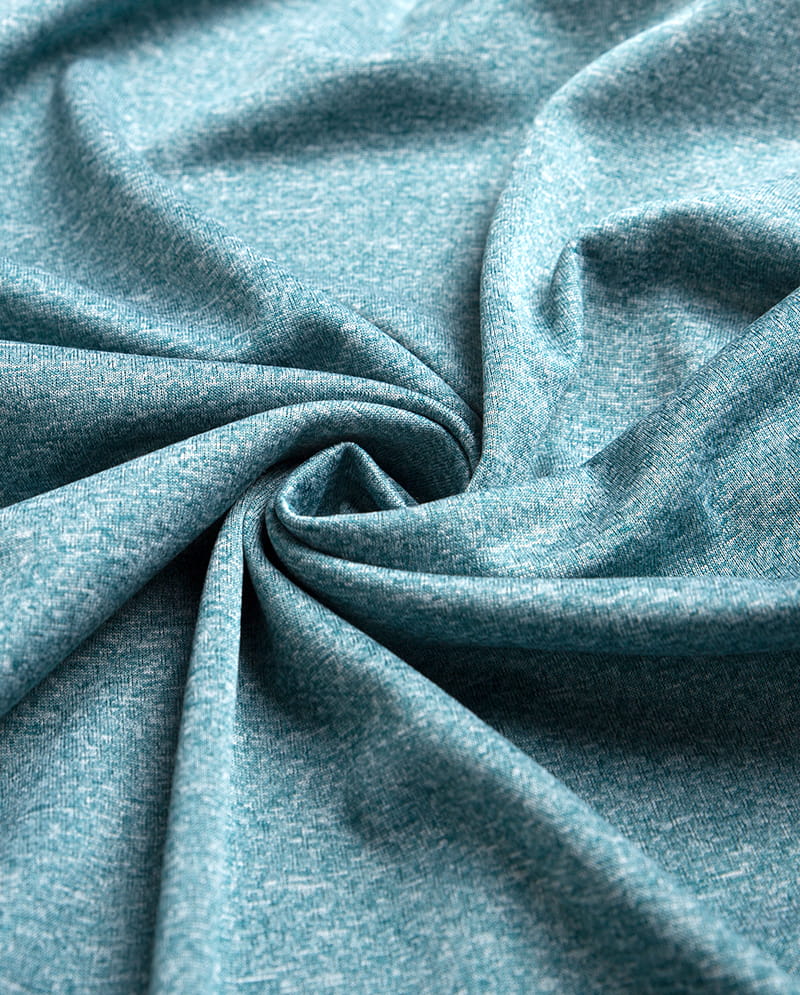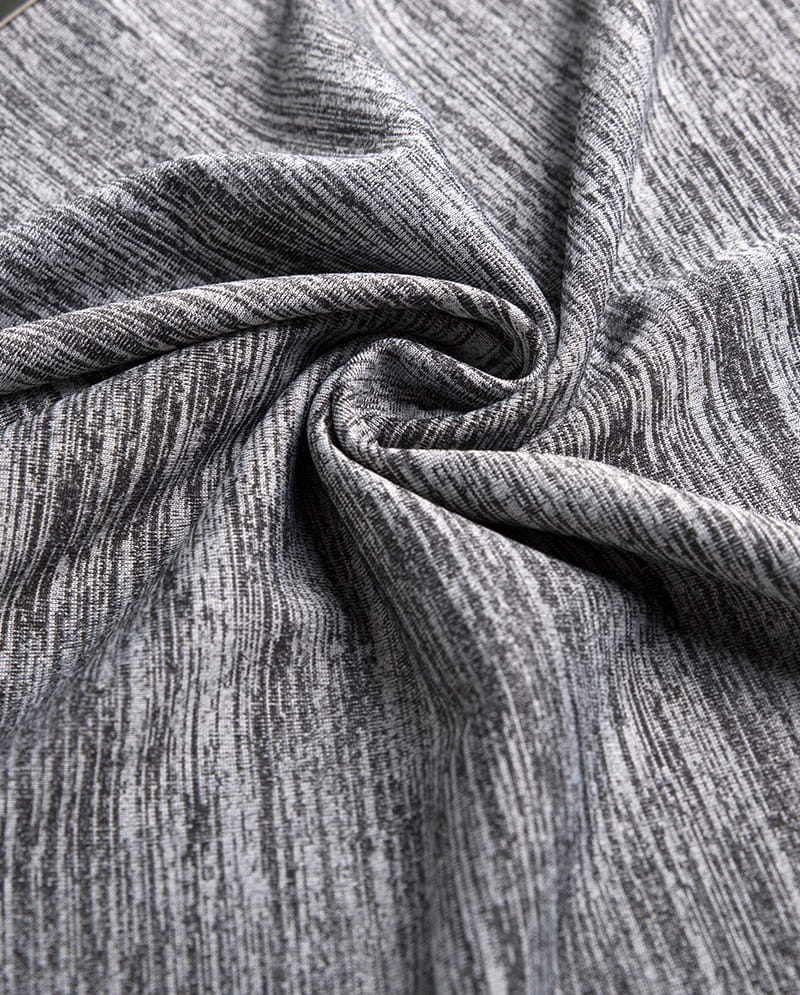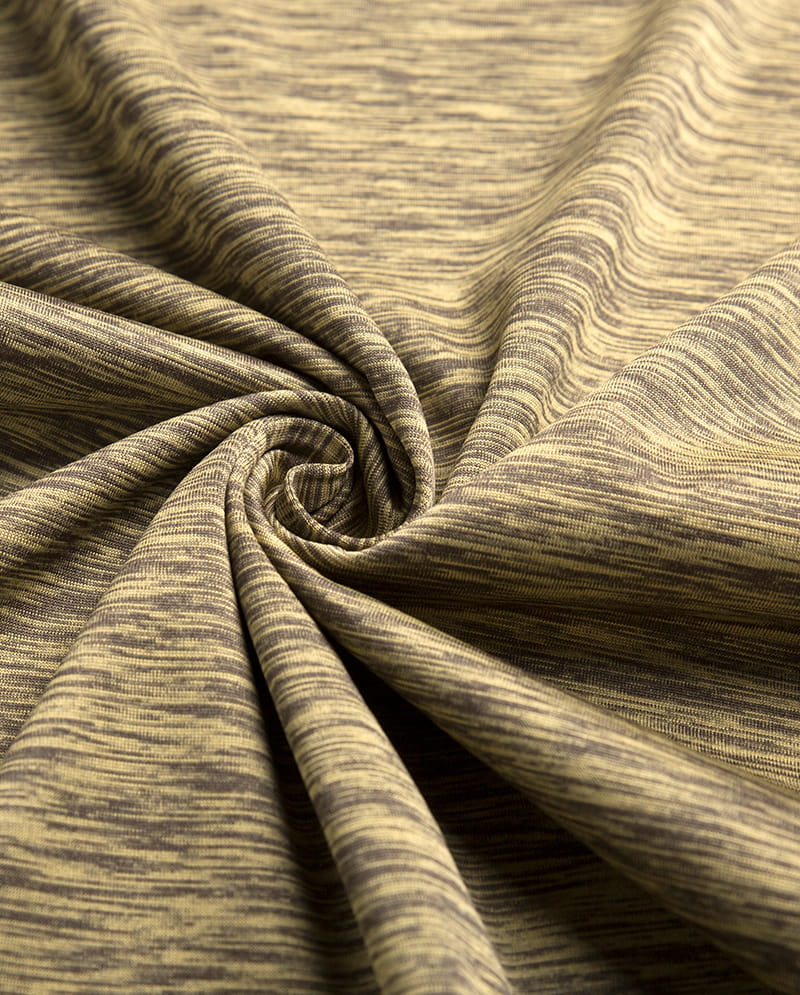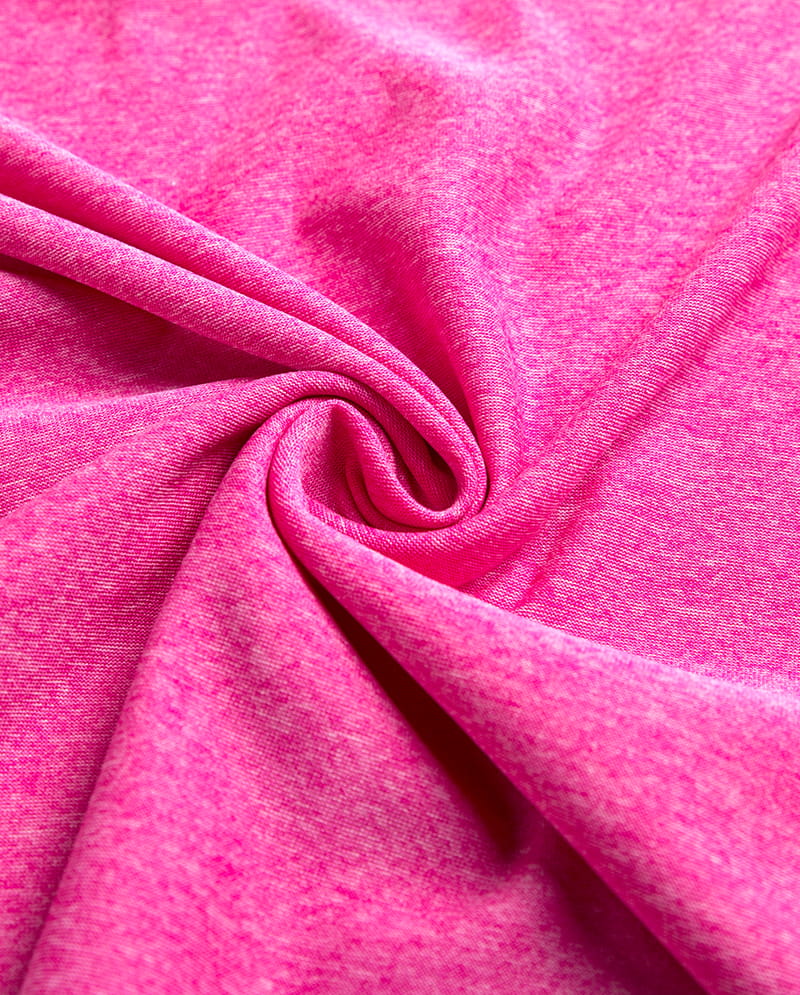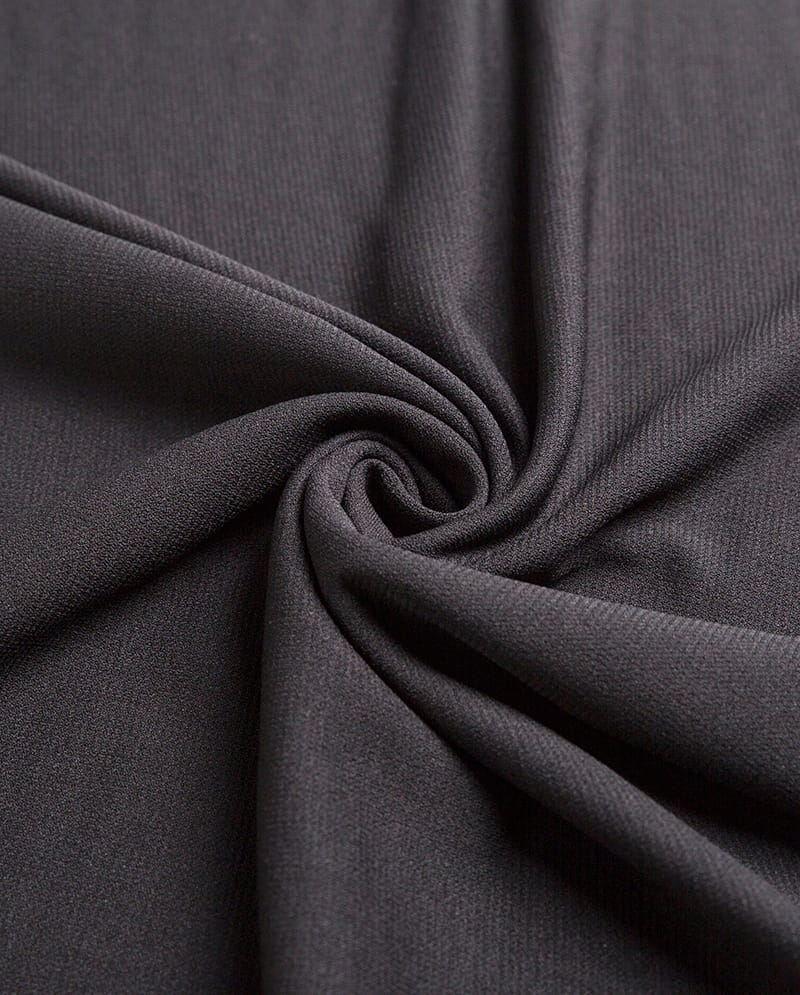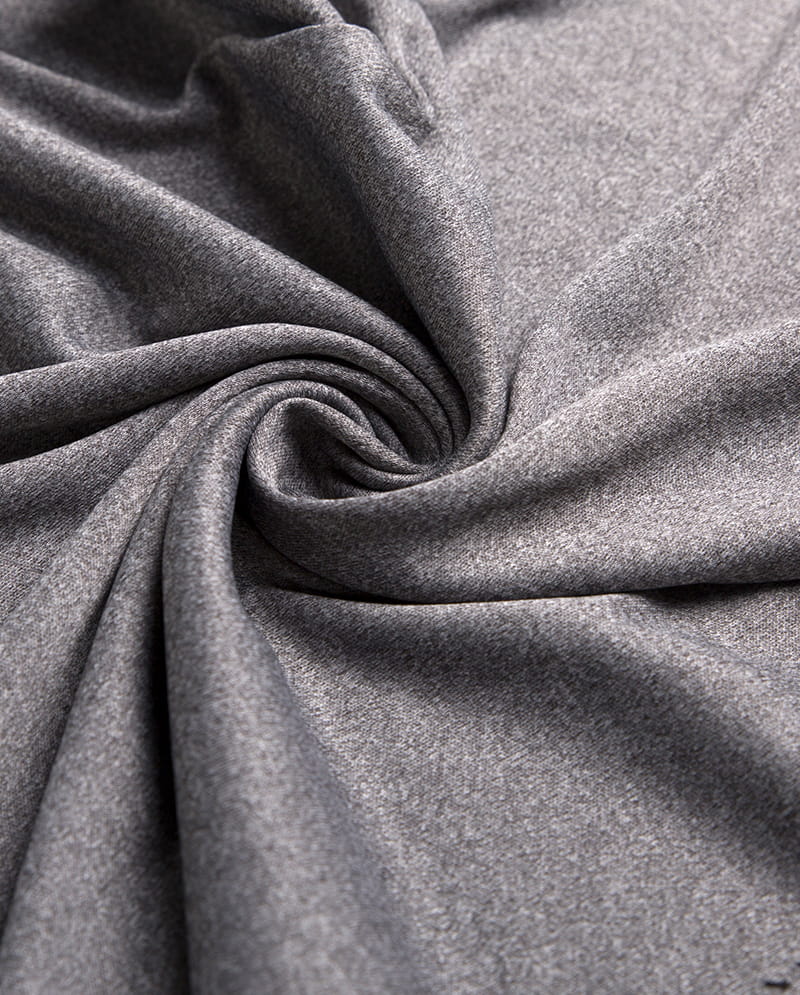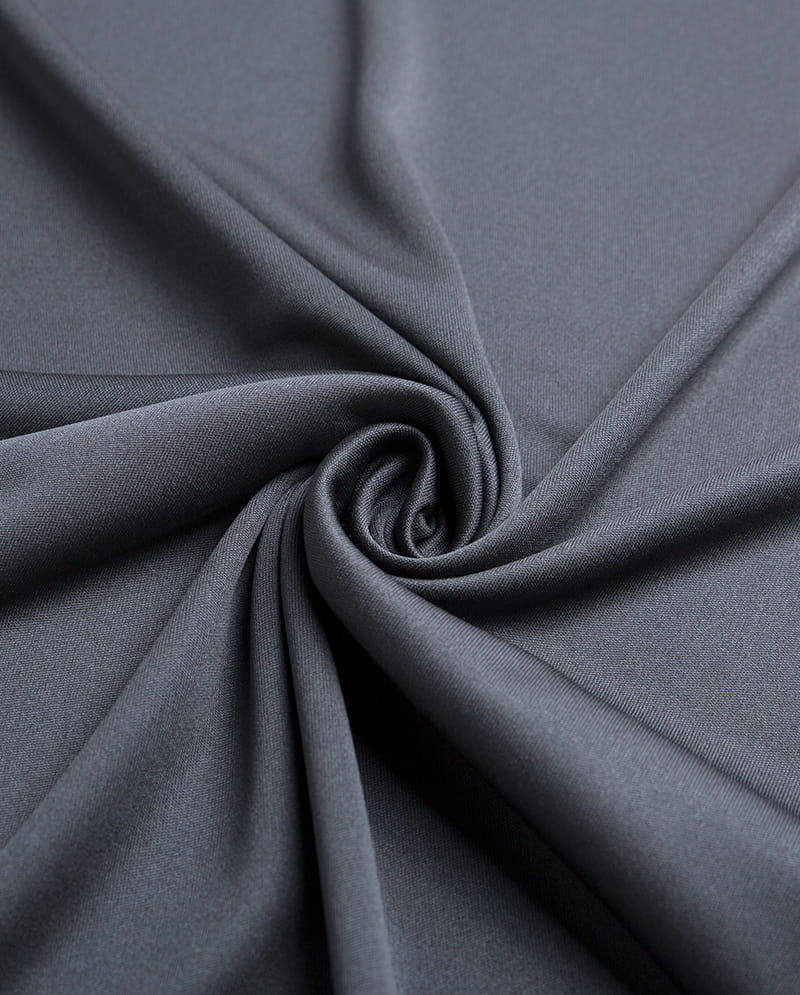DTY Yarn Definition
Draw Textured Yarn (DTY) is a type of processed polyester yarn that has been drawn and textured to create bulk, stretch, and a soft hand feel. The texturing process introduces permanent crimps, coils, or loops along the filaments, enhancing the yarn's volume and elasticity compared to flat yarns.
Fundamental Properties of DTY Yarn
DTY yarn possesses a unique combination of properties that make it suitable for various textile applications. These properties result from the manufacturing process where polyester yarn is drawn, heated, and textured to create bulk and stretch characteristics.
Physical Properties
The physical structure of DTY yarn contributes significantly to its performance characteristics. During the texturing process, filaments are permanently deformed to create a crimped structure that traps air, providing bulk without adding weight.
Linear Density
DTY yarn is available in a wide range of deniers, typically from 20D to 300D. The linear density determines the yarn's thickness and is carefully controlled during manufacturing to meet specific application requirements.
Bulk and Volume
Texturing creates air pockets within the yarn structure, significantly increasing volume. This bulk provides improved covering power, thermal insulation, and a softer hand feel compared to flat yarns.
Crimp Characteristics
The permanent crimps, coils, or loops along the filaments are the defining feature of DTY. Crimp frequency, amplitude, and stability are critical parameters that influence the yarn's elasticity and texture.
Mechanical Properties
The mechanical behavior of DTY yarn determines its performance during processing and in end-use applications. These properties are carefully engineered to meet specific requirements.
Technical Insight: The mechanical properties of DTY yarn are significantly influenced by the draw ratio and heat setting temperatures during manufacturing. These parameters determine the molecular orientation and crystallinity of the polyester fibers.
Tenacity
DTY yarn typically has a tenacity ranging from 2.5-4.5 g/denier. While slightly lower than fully oriented yarn (FOY), this strength is sufficient for most textile applications while providing improved comfort.
Elasticity and Stretch
The crimped structure allows DTY yarn to extend up to 15-30% under tension and recover substantially when the load is removed. This elasticity enhances comfort in wear and improves durability.
Abrasion Resistance
DTY yarn exhibits good resistance to surface wear due to the inherent toughness of polyester and the ability of the textured structure to distribute stresses across multiple filaments.
Comparative Properties Table
The following table compares key properties of DTY yarn with other common polyester yarn types:
| Property | DTY | FDY | POY | Spun Yarn |
| Bulkiness | High | Low | Medium | High |
| Elasticity | High | Low | Medium | Low |
| Tenacity (g/den) | 3.0-4.5 | 4.5-6.5 | 2.0-3.0 | 2.5-4.0 |
| Covering Power | Excellent | Poor | Good | Excellent |
| Moisture Wicking | Good | Excellent | Good | Medium |
| Pilling Resistance | Medium | High | Low | High |
| Production Cost | Medium | Low | Low | High |
Performance Characteristics
DTY yarn offers a balance of performance attributes that make it suitable for diverse applications. These characteristics stem from both the base polyester material and the texturing process.
Thermal Properties
The thermal behavior of DTY yarn is important for both processing and end-use applications. These properties determine how the yarn responds to heat during manufacturing and in care procedures.
Heat Setting
DTY yarn can be heat-set at 180-220°C to stabilize the crimp structure. This process enhances dimensional stability and ensures the textured characteristics are maintained during subsequent processing and use.
Thermal Resistance
Polyester-based DTY has a melting point around 250-260°C. It maintains structural integrity at temperatures up to 150°C, making it suitable for applications requiring moderate heat resistance.
Insulation Properties
The crimped structure creates air pockets that provide thermal insulation. This makes DTY particularly suitable for applications where warmth retention is desired without excessive weight.
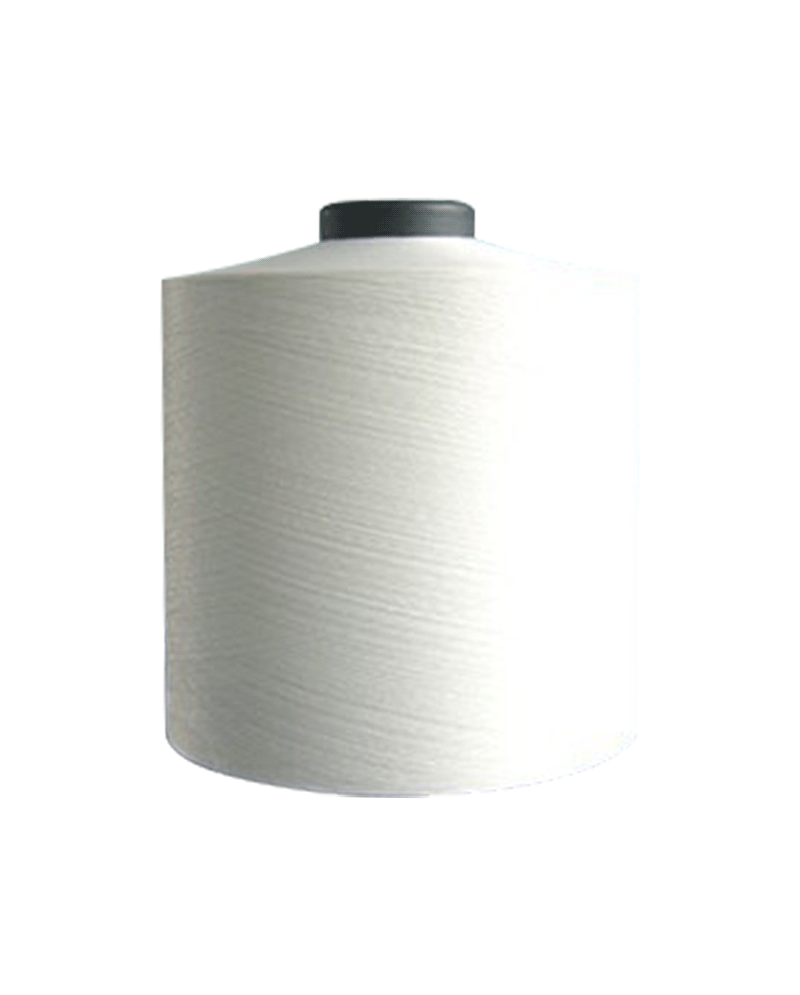
Applications of DTY Yarn
The unique combination of properties makes DTY yarn suitable for a wide range of textile applications across multiple sectors.
Apparel
Widely used in sportswear, lingerie, shirts, dresses, and suits where comfort, drape, and aesthetic appeal are important. The elasticity provides excellent fit and freedom of movement.
Home Textiles
Ideal for upholstery, curtains, bedsheets, and blankets due to its durability, aesthetic qualities, and resistance to crushing. The bulk provides good coverage and insulation properties.
Outdoor Gear
Used in tents, backpacks, and sleeping bags where strength-to-weight ratio, abrasion resistance, and dimensional stability are critical performance factors.
Automotive Textiles
Employed in seat covers, headliners, and door panels due to its durability, UV resistance, and ability to maintain appearance after repeated compression cycles.
Processing Note: When working with DTY yarn, it's important to maintain consistent tension during knitting or weaving to prevent variations in fabric appearance. The textured nature of DTY makes it more sensitive to tension variations than flat yarns.

 English
English 中文简体
中文简体